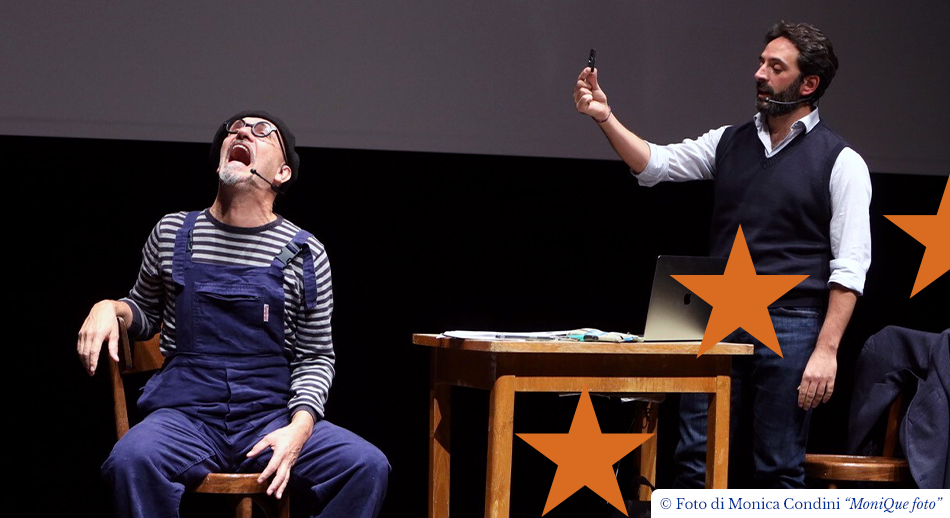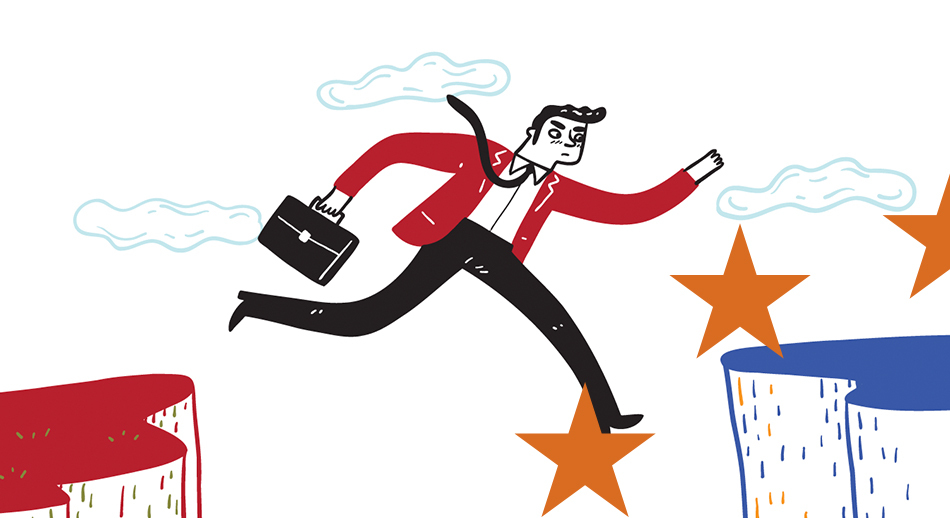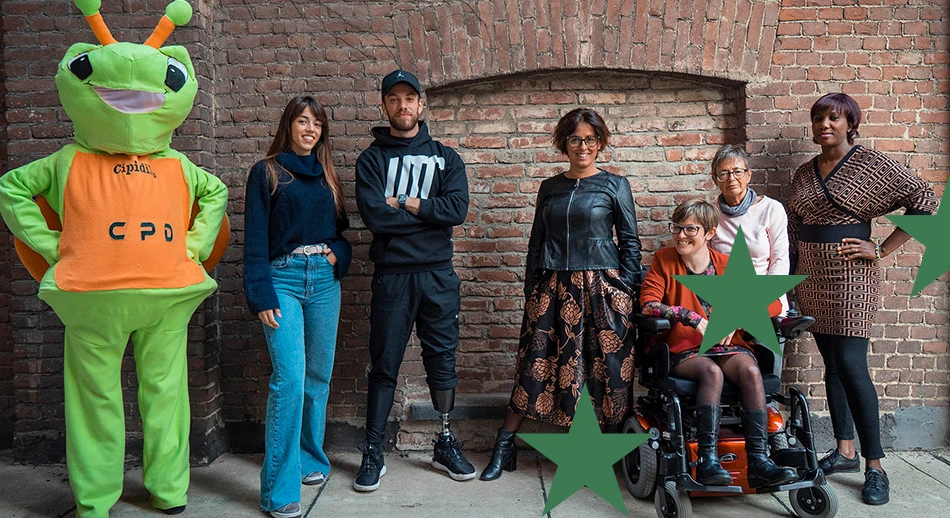We delve into the “history” of the Curious project with an interview with Andrea Brunello, founder of Arditodesìo.
The interview with Andrea Brunello
European is the first Europlanning Guide podcast series, available with one episode per week on all free audio platforms. Each episode is devoted to a place, a city, local, neighborhood dimension and its path to fit into the broader European context starting with common needs and innovative ways to cope with them.
Andrea Brunello tells us about his path and experience in EU projects and funding.
Through what path did you approach European funds and europlanning?
My path to Europlanning was first and foremost a path of dialogue, participation and getting closer to some European networks that bring together realities similar to Arditodesìo: realities that, like us, deal with science communication and theater. It all started from a vocation to openness and dialogue, to compare and seek affinity with other organizations in Europe. That later resulted in a willingness to develop projects together.
Many of these parties were already active on European projects and involved us in the joint search for the best opportunities. Opportunities that we then found and developed, especially within the Creative Europe and Erasmus+ programs.
To those who ask me how to approach a European project, I answer: meet European partners, be active in networks . You will find a lot of stimulation, and European projects will come as a natural consequence.
What European fund lines have you had the opportunity to work on and with what results?
So far we have had the opportunity to work on Creative Europe and Erasmus+ projects. The Project Curious discussed in the podcast and of which we were the lead partner is a Creative Europe project, Small Scale Cooperation line. It is a project that uses art and theater to talk about science. We have just concluded as partners the EurekArt project , a project connecting art and theater from an educational and training perspective under the Erasmus+ program.
We wanted to try to give continuity to both projects. We are awaiting the results of the second phase of the Curious project, which this time has been proposed as a larger, medium-scale cooperation project, again within the framework of Creative Europe. We are just these days writing the proposal for the follow-up of EurekArt under Erasmus+ : we are participating this time as a lead partner and hope that our path on European projects can continue successfully.
What are the main difficulties you encounter in submitting projects?
The discourse is articulated, talking about difficulties on projects there can be various levels of analysis and keys to interpretation.
First of all, for a small entity to participate in a European project means devoting months of full-time work, with no certainty that it will be accepted. This poses a risk because it means devoting resources that may prove critical to the livelihood of a small organization, without certainty about the results. For a small organization this is a big dilemma. Arditodesis has 6 employees; deciding to devote a full-time person for 3-4 months to preparing a European project involves giving up on other fronts and can have a big impact. Different, of course, is the impact on larger entities, such as a university, for which the work of a person dedicated to a project can be more easily redistributed.
Another complex aspect is that of partnership. To participate in a project is first and foremost (and it is particularly so in our experience) to find partners with whom to share a project vision. And to do this takes time, it takes effort, it takes looking for each other and talking to each other, it takes logistical organization. It is an investment. We are now working on two projects, and we are realizing this very concretely.
Finally (and I will end a list here that could be longer!) participating in European projects creates a sizing problem for small organizations. A project win involves a change in the structure of the organization, new people need to be hired, and the way the organization works needs to be changed along the way. A won project produces transformations: transformations that are entirely positive, welcome, and actively sought by those who propose them, but for which organization is needed, and this is not always easy.
What is most helpful to you when preparing European projects?
There would be many things to say about this aspect as well. I will try to list some of them.
First, tools such as the Guide to EU Projects and Funding are very useful: they provide insight into many fundamental aspects, such as the experiences of others, sources of information, and processes to best approach a project. It’s a tool I discovered after I started working on European projects, but I mirrored it a lot and found it very useful.
Then of course, as already explained, a key aspect is proximity to partners who already do and have done European projects. A European project is first and foremost a path of sharing and dialogue. And even if it doesn’t pan out, it puts you in touch with a very dynamic world that creates new stimuli and opportunities.
It is very important to have very clear ideas, a vision of how one’s idea and initiative can grow, develop and generate a positive impact through the European project. This is not an obvious aspect, but one that rewards greatly in the context of European projects. A healthy sense of urgency must be perceived and communicated: the project makes a positive impact, but it can only find its oxygen and develop its potential through the route of a European program. And at the same time, the project must be concretely and clearly an integral part of the vision the organization has regarding its own development.
What would you recommend to people who want to submit a project with European funds?
In the course of our talk we have already developed a lot of ideas, so I will try to pick up some important points without repeating myself too much:
- To be clear about the frame of reference in which you operate, studying what others have already done, what projects have already been proposed, which have been successful, and why; based on what dynamics, pathways and priorities. Doing this is the first piece of a broader “mindset” of co-designing, and doing it with truly active and trusted partners. It is a key aspect of developing a good project; of effectively communicating the sense of doing it, and of doing it together; and of working well together in the limited time available;
- Study carefully the specifics of the notice. Each notice focuses on certain key terms and key words. It has certain urgencies and priorities that are unique to that call and do not belong (for example) to the previous year’s call on the same funding line. Showing the ability to grasp these specifics is an important success factor;
- Making the call flow from a clear urgency for development: European funds are needed to make a “leap” that is vital to both the organization and the impact it wants to generate through its mission and vision. Embedding the project in a prospective vision, of relevance to the development of the proposing organization, is a guarantee that what is accomplished can have a future and continuity after the end of funding.




